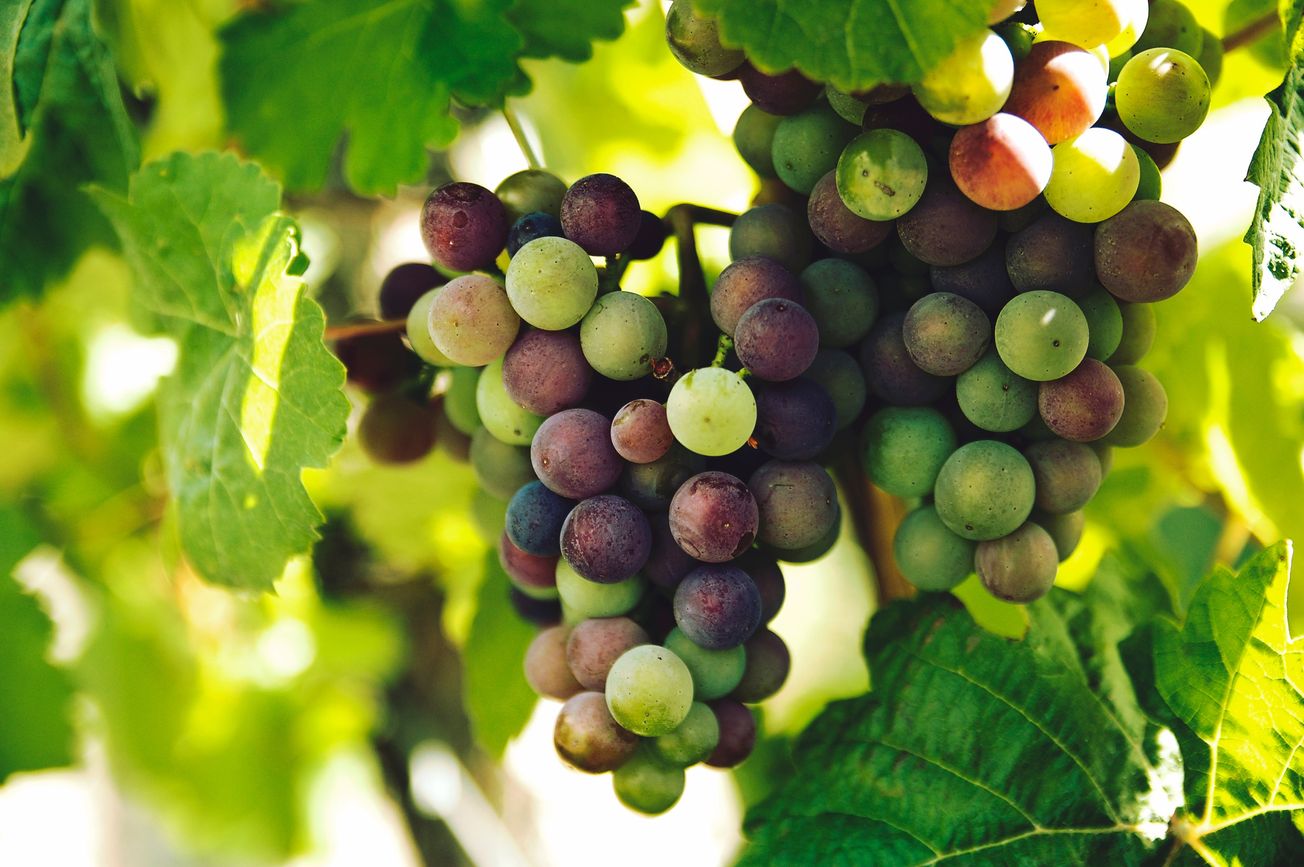By Vilhelmiina Haavisto, SciTech Editor
Data-driven solutions are beginning to revolutionise agriculture; Judith Lewis is starting with vineyards, as she tells the New Scientist Live crowd.
Though cheap wines are the bread-and-butter of many pres, not all are harmless fun. Fraud is a real problem in the wine industry, and cheap wines can contain unsafe levels of pesticides, sulphites and arsenic. Lewis identifies trust as an essential ingredient that is lacking in consumers, and she wants to bring it back by providing wine aficionados with data – heaps of it. Her solution may seem futuristic at first, but it is rooted in existing technologies; machine learning (ML) and blockchain.
Though many are familiar with blockchain in a cryptocurrency context, this is not its only application. Blockchain is fundamentally a way to record transactions, and Lewis wants to use this to create a clear path from the vineyard to the bottle in consumers’ hands. Data will come from every part of the winemaking process – from the grapes to fermentation to transport, and with this data she hopes to show consumers the journey that the wine in their shopping basket has taken, including exposure to pesticides, transport temperature, and even where in the vineyard the grapes came from. Lewis’ current work has been feeding ML algorithms 20 years’ worth of weather and growth data from the Weinbauzentrum Wädenswil on the shores of Lake Geneva.

Lewis emphasises that these ‘cheap, affordable, and implementable’ techniques will benefit winemakers in the long run. Water use can be minimised by reacting to prevailing weather conditions, and fertilizers and pesticides can be spared by spot-treating affected areas. ML algorithms could also make suggestions about which varieties to grow, and Lewis says that her collaborators believe they will even be able to predict yield – though winemakers are sceptical. Her team published a working paper detailing their efforts in 2018.
The technologies that Lewis is proposing are already in use elsewhere. For example, a California winery is using satellite data along with IBM’s Watson AI to optimise irrigation in their vineyards, where water is precious. Similarly, lettuce growers in California are using tech that can discriminate between crop and weed, spraying fertilizer on the former and herbicide on the latter.
Lewis has big dreams – not only does she want ‘a better wine for everyone’, but she also believes that the same solutions can be implemented for any and all crops to make farming more sustainable and transparent. If it is possible in stepped, sloped, rugged vineyard terrain, she says, it is possible anywhere.
Featured image: Rohit Tandon / Unsplash
Do you trust the wines you drink? Let us know!







